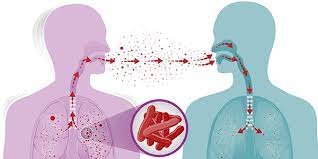Byrnihat, an industrial town of Meghalaya close to the border with Assam, has been categorised as the top polluting town in the country.
As per a report by the Centre for Research on Energy and Clean Air, Byrnihat recorded the highest concentration of particulate matter (PM 2.5) as on October 18.
While Byrnihat topped the ten polluted towns in the country, Bahadurgarh in Haryana came at the second spot followed by Mira Bhayandar in Maharashtra.
The concentration of pollution from particulate matter in these ten towns exceeded the level of the National Ambient Air Quality Standards (NAAQS).
According to the Meghalaya State Pollution Control Board, high concentrations of Particulate Matter levels may be attributed to the build-up of pollutants owing to emissions from industries located in the industrial area. The pollution is also associated with emissions from vehicles, dust generated due to the movement of vehicles, natural dust, and constructional activities, it further states.
Presently, Byrnihat is among the seven towns and cities in the North East states that find a place in the list of 131 non-attainment cities under the National Clean Air Program (NCAP).
The other cities and towns are Dimapur (Nagaland), Guwahati, Nagaon, Nalbari, Sibsagar, and Silchar (Assam).
NCAP launched by the Central government in 2019 aims to improve air quality in the 131 cities and towns identified as most polluted across the country. The programme has a major goal of reducing the concentration of coarse and fine particulate matter in the atmosphere by at least 20 per cent by the year 2024.
NCAP aspires to strengthen the ongoing government initiatives targeted towards prevention, control and mitigation of air pollution. It lays down a comprehensive framework for management of air quality in the country by augmentation of existing air quality monitoring network, introduction of rural monitoring stations and devising air quality management plans for non-attainment cities based on detailed source apportionment (identification of pollution sources) studies for each city.
























